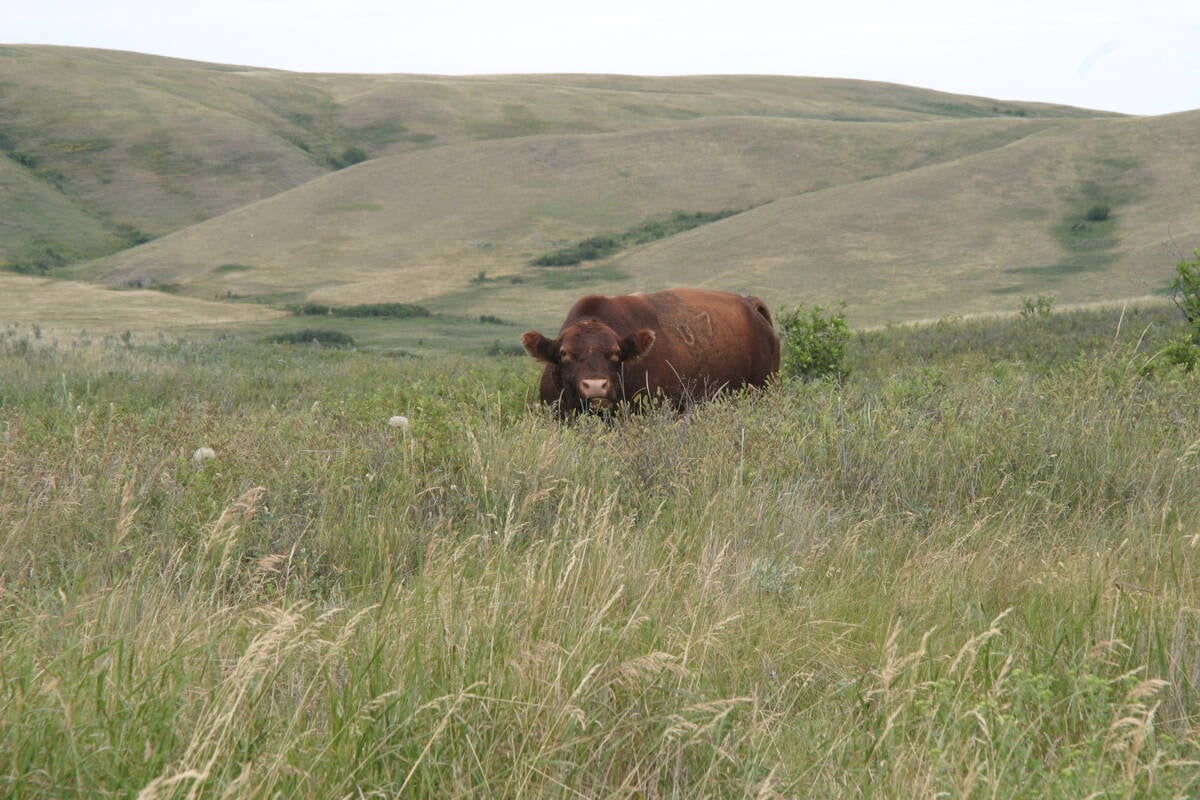SASKATOON – There are hundreds of skeletons hidden in the pages of the original homestead documents in the Saskatchewan Archives Board.
One of the stories Saskatoon director D’Arcy Hande likes to recall is of a fellow who left his homestead in Saskatchewan for a job in British Columbia. The family story was that he was killed in a landslide while working for the railroad.
When the granddaughter searched through the homestead documents she discovered he wasn’t killed, but had taken off to Alaska.
“He didn’t have a glorious death working for the CPR, but instead skipped out on his family,” said Hande.
Read Also

Saskatchewan puts crown land auction on hold
Auctions of Saskatchewan crown lease land are once again on hold.
Women weren’t allowed to take out a homestead unless they were widowed with children to support.
Other files show how cabinet ministers used their position to bend the rules and acquire land.
But not all the documents hold such interesting stories. The crumbling bits of paper list ordinary details of the number of cattle and horses a homesteader owned, the amount of land broken each year and the amount of time it took a homesteader to “prove up” the land.
For a $10 registration fee a homesteader could own his own quarter section of 160 acres if he made improvements to it within three years.
Clipped to some homestead records are thick pages of correspondence between the homesteader and government. For many families the documents are a special connection to the past. Families searching their history can see a document with great-grandfather’s signature.
Saskatchewan has the only original homestead records remaining. When the Alberta and Manitoba government microfilmed their records they destroyed the originals, probably because of space.
There are more than 3,000 boxes of homestead records crammed into the province’s archives board office at the University of Saskatchewan. The homestead records were created by the Dominion Lands Branch in Ottawa from the 1870s to 1930 as part of its plan to settle the West. In the mid-1950s they were transferred from the warehouse in Ottawa to the three prairie provinces.
Last year more than 7,000 people used the free information at the archives board. Almost half were interested in the homestead records. It’s this extensive use that is speeding up the deterioration of the records.
The board has begun a project to clean and prepare to microfilm the more than 200,000 homestead records. About 20 percent were done earlier by a genealogy society in Utah. Hande estimates it will take 10 years and more than $100,000 for microfilming, using available funds and grants, and during the process some of the records will be unavailable.
















